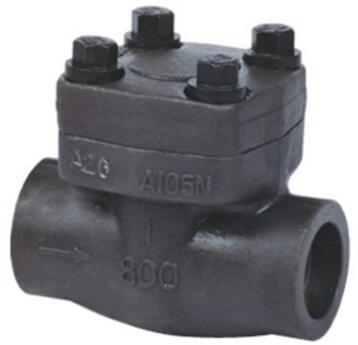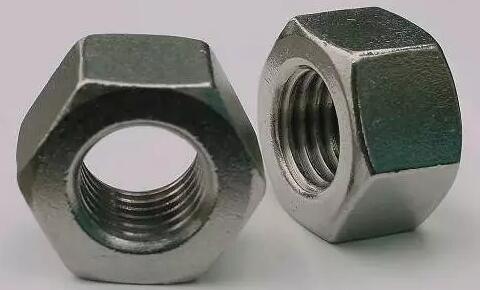Three Most Commonly Used Methods of Valve Nuts Surface Treatment
2016-11-26

For surface treatment evaluation of valve nuts, mainly check if the nut’s anti-corrosion ability effectively increase or not, and if the increasing range is compliance with the expected requirements. After surface treatment, the nut surface and appearance will be more beautiful, the nut itself have a higher anti-corrosion ability. The most important purpose is to make the nut itself to obtain anti-corrosion ability and increase the nut’s reliability and adaptability. To achieve these targets, following three ways are mostly adopted:
1. Electrogalvanizing
Electrogalvanizing is putting the part of nut that need be galvanized into the solution which contain deposited metal compound,when the current passes through the aqueous solution, the metal material in the solution deposits and adheres to the impregnated portion of the nut. The metal materials generally includes zinc, copper, nickel, chromium, copper-nickel alloys, and the like.

2. Hot-dip Galvanized
The hot-dip galvanizing is carried out by immersing the carbon steel nut in a melted zinc bath with temperature 510 ° C so that the iron-zinc alloy on the surface of the nut will convert to zinc passivation to obtain a surface treatment effect.
3.Mechanical Plating
Nut mechanical plating refers to, by certain physical and chemical means, impact the coating of metal powder to the surface of the nut, so that the coating metal through the form of cold welding, forming a coating on the nut surface to achieve the surface treatment effect. Nut mechanical plating is mainly applied to screws, nuts and gaskets and other spare parts.